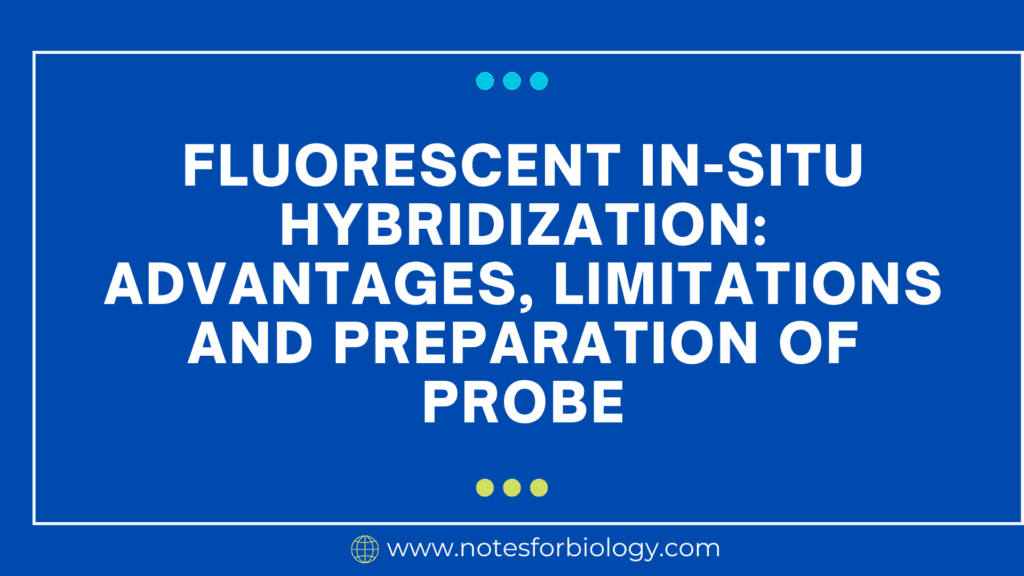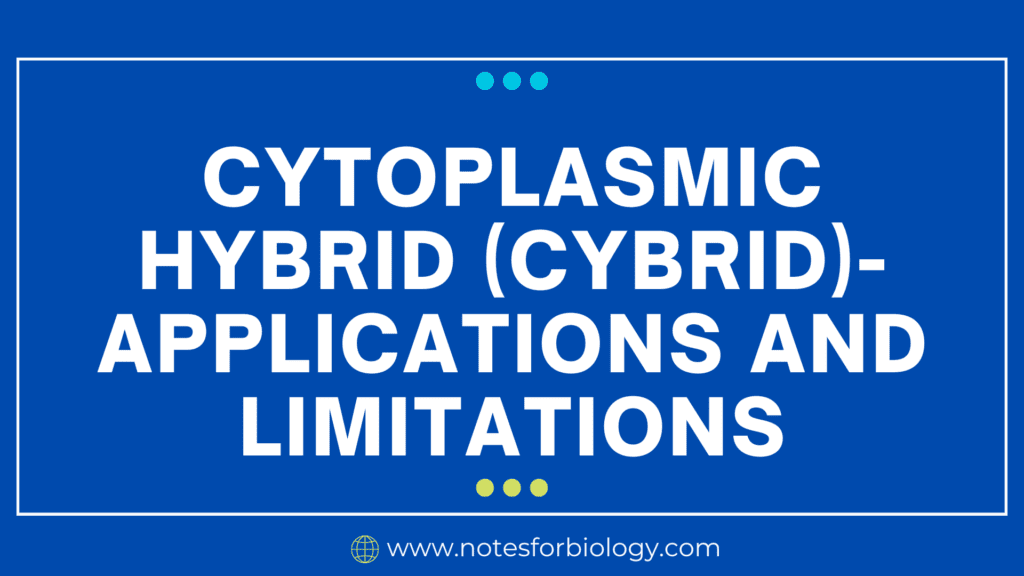Fluorescent in-situ hybridization: advantages, limitations and preparation of probe
Fluorescent in-situ hybridization (FISH) is a very effective and adaptable technology for detecting and localizing specific nucleic acid sequences in cells and tissues. Its advantages include high sensitivity and specificity, spatial resolution, and fast results, making it ideal for clinical diagnostics and genetic research. However, FISH has limitations, including resolution restrictions and the complexity of […]
Fluorescent in-situ hybridization: advantages, limitations and preparation of probe Read More »










